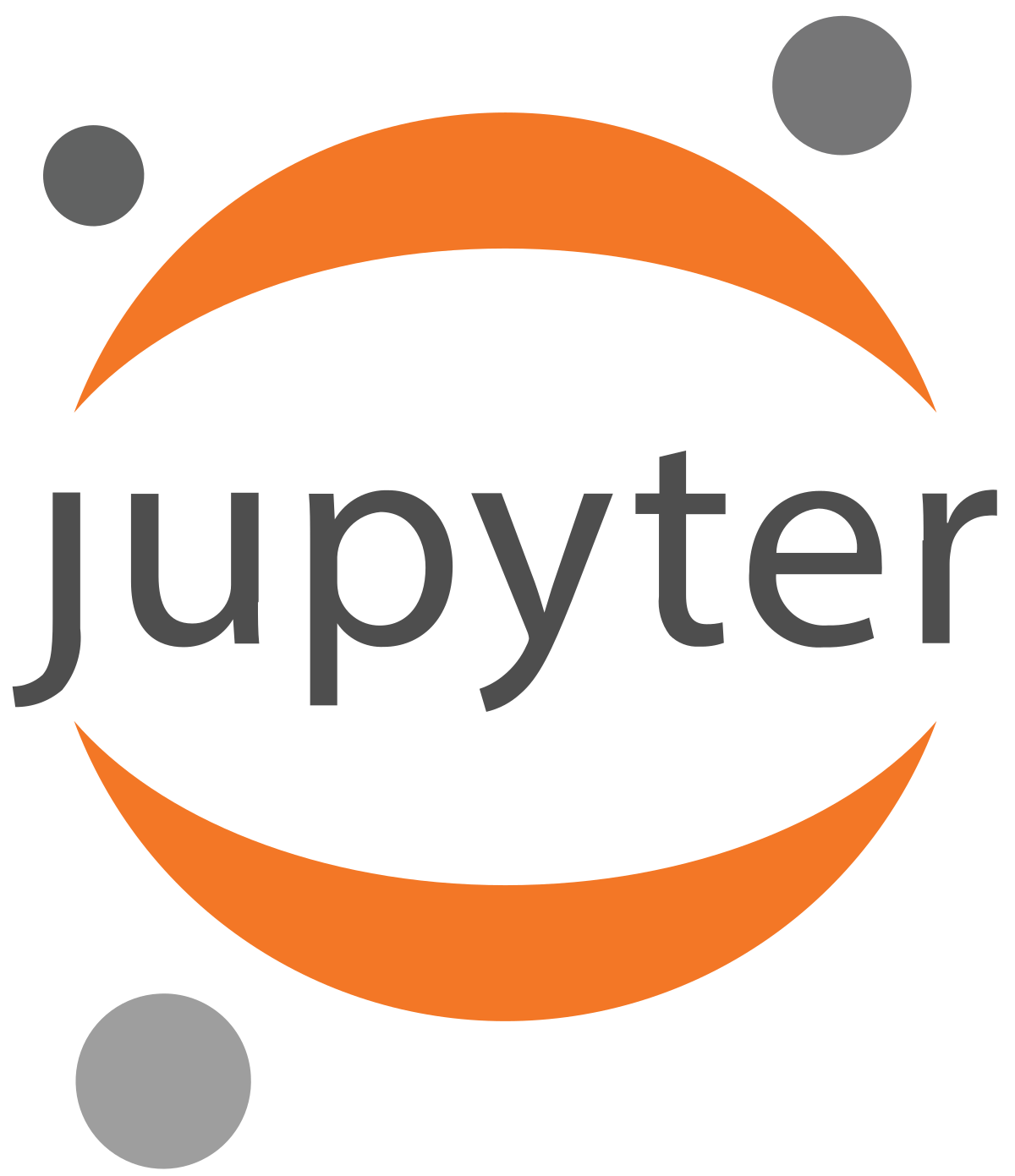Jupyter Notebooks

The Jupyter Notebooks: A Powerful Tool for Data Science and Education:
Jupyter Notebooks: In the ever-evolving landscape of data science and machine learning, tools that enhance productivity and facilitate collaboration are essential. One such tool that has gained immense popularity among data scientists, researchers, and educators is Jupyter Notebooks. With its interactive environment and user-friendly interface, Jupyter Notebooks allows users to create and share documents that contain live code, equations, visualizations, and narrative text. This article explores the features, benefits, and applications of Jupyter Notebooks, as well as its impact on the fields of data science and education.
What are Jupyter Notebooks?
Jupyter Notebooks are an open-source web application that allows users to create and share documents containing live code, mathematical equations, visualizations, and rich text. The name “Jupyter” is derived from the core programming languages it supports: Julia, Python, and R. However, Jupyter Notebooks can work with over 40 different programming languages, including Java, Scala, and Ruby, thanks to its modular architecture and support for various kernels.
Key Features of Jupyter Notebooks:

- Interactive Computing
One of the standout features of Jupyter Notebooks is its interactive computing environment. Users can write and execute code in a cell-based structure, allowing them to run individual code snippets and see immediate results. This interactivity makes it easier to test hypotheses, explore data, and visualize results on the fly. - Rich Text Support
Jupyter Notebooks support Markdown, a lightweight markup language that enables users to create formatted text, headers, lists, and links. - Data Visualization
Jupyter Notebooks seamlessly integrate with various data visualization libraries such as Matplotlib, Seaborn, Plotly, and Bokeh. This integration allows users to create dynamic and interactive visualizations that enhance data exploration and presentation. - Modular and Extensible
The architecture of Jupyter Notebooks is modular, meaning users can extend its functionality by installing various plugins and extensions. This extensibility enables users to customize their notebooks with additional features, such as interactive widgets, data export options, and integration with cloud services. - Collaboration and Sharing
Jupyter Notebooks are designed to facilitate collaboration among teams and stakeholders. Users can easily share notebooks via platforms like GitHub, or export them in various formats (including HTML, PDF, and Markdown) for distribution. The ability to share notebooks ensures that insights and methodologies can be communicated effectively. - Support for JupyterHub
JupyterHub is a multi-user version of Jupyter Notebook that enables organizations to deploy Jupyter Notebook environments for multiple users. This feature is particularly useful in educational settings, where students can access a shared environment to work on assignments and projects without needing to install software on their personal machines.
Benefits of Using Jupyter Notebooks:
- Ease of Use
Jupyter Notebooks provide an intuitive interface that is accessible to users of all skill levels. Its cell-based structure and interactive capabilities allow beginners to quickly get started with coding and data analysis without a steep learning curve. - Rapid Prototyping and Iteration
The interactive nature of promotes rapid prototyping and experimentation. Users can easily modify code, rerun cells, and visualize results, allowing them to iterate on their analyses efficiently. - Enhanced Documentation
By combining code, visualizations, and narrative text promote better documentation of data analyses and methodologies. This comprehensive approach ensures that users can easily understand and replicate analyses, fostering transparency and reproducibility in research. - Integration with Data Science Libraries
Jupyter Notebooks are compatible with a wide range of data science libraries and frameworks, including NumPy, Pandas, TensorFlow, and scikit-learn. This compatibility makes it a versatile tool for data manipulation, machine learning, and statistical analysis. - Community and Ecosystem
The Jupyter community is vibrant and supportive, providing extensive resources, documentation, and tutorials for users. Additionally, the ecosystem around has grown, with various tools and libraries being developed to enhance its capabilities.
Applications of Jupyter Notebooks:
- Data Analysis and Exploration
Data scientists and analysts use Jupyter clean, transform, and visualize data. The interactive environment allows for exploratory data analysis (EDA), where users can quickly test hypotheses and gain insights from their datasets. - Machine Learning and Model Development
Data scientists can experiment with different algorithms, fine-tune hyperparameters, and visualize model performance, all within a single document. - Educational Use
Jupyter Notebooks have become a popular tool in educational settings for teaching programming, data science, and statistics. Instructors can create interactive assignments and tutorials, allowing students to learn by doing and engage with the material actively. - Research and Collaboration
Researchers in various fields use document their workflows, share results, and collaborate on projects..
Getting Started with Jupyter Notebooks:
For those who prefer a cloud-based environment, platforms like Google Colab and Microsoft Azure Notebooks offer Jupyter Notebook capabilities without requiring local installation. These platforms provide additional benefits, such as access to powerful GPUs for deep learning tasks.
Conclusion:
Jupyter Notebooks have revolutionized the way data scientists, researchers, and educators interact with data and code. With their interactive environment, rich text support, and seamless integration with data visualization libraries empower users to conduct analyses, document findings, and share insights in a coherent and reproducible manner.
As the demand for data-driven decision-making continues to rise, tools like will play an increasingly critical role in fostering collaboration, innovation, and education in the fields of data science and artificial intelligence. Whether you are a seasoned data scientist or just starting your journey into the world of programming and data analysis offer a versatile and powerful platform to help you succeed.
